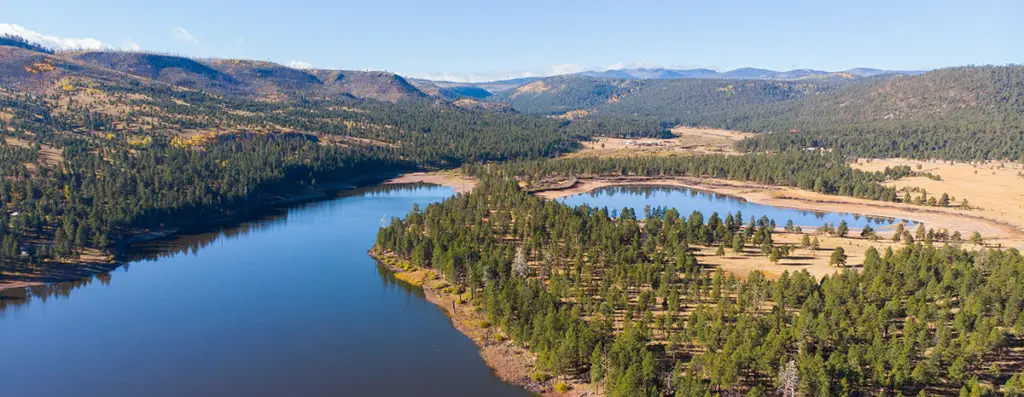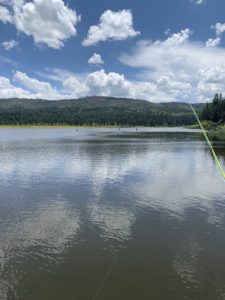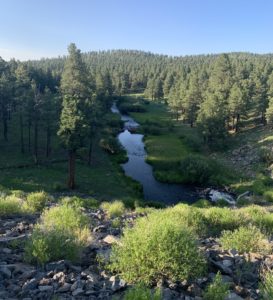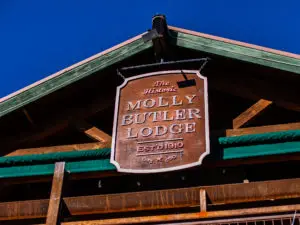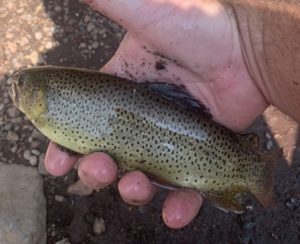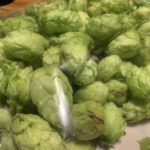Camping in the Valley of the Gods
There are more beautiful lands on this planet than one could hope to explore in one lifetime. Camping in the Valley of the Gods is a trip you should add to your list now.
Monument Valley’s Less Famous Sibling
On the Utah-Arizona border, lies Monument Valley – the setting of Hollywood films and a location that one critic called, “five square miles that have defined what decades of moviegoers think of when they imagine the American West”. With its 1000ft tall, sandstone buttes it’s no wonder the Navajo people consider it to be sacred land.
To anyone who’s had the privilege of taking in this place firsthand, they undoubtably agree. Monument Valley is spectacular (and sacred) country. Driving the highways that divide this land is inspiring – not only because Forrest Gump once ran these same roads – but because the views are otherworldly. Mother nature has not been kind to this land in terms of erosion, but much to the delight of modern-day viewers, pinnacle after pinnacle rise above the desert floor in shapes that spark the imagination.
If only we could exist here for a few days – to take it in – to experience this sacred land. Well we can……sort of.
The Valley of the Gods
Just 1 hour north of Monument Valley, a special place is waiting for those whose spirit awakens in the outdoors. It’s called the “Valley of the Gods” and it’s unlike anywhere else you’ve spent a few days. Imagine your favorite good-looking celebrity had a lesser-known, but equally as good looking sibling than was approachable and accessible. This is the Valley the Gods. The beauty of Monument Valley in a BLM managed area that for a few days you can claim a piece of as your own.
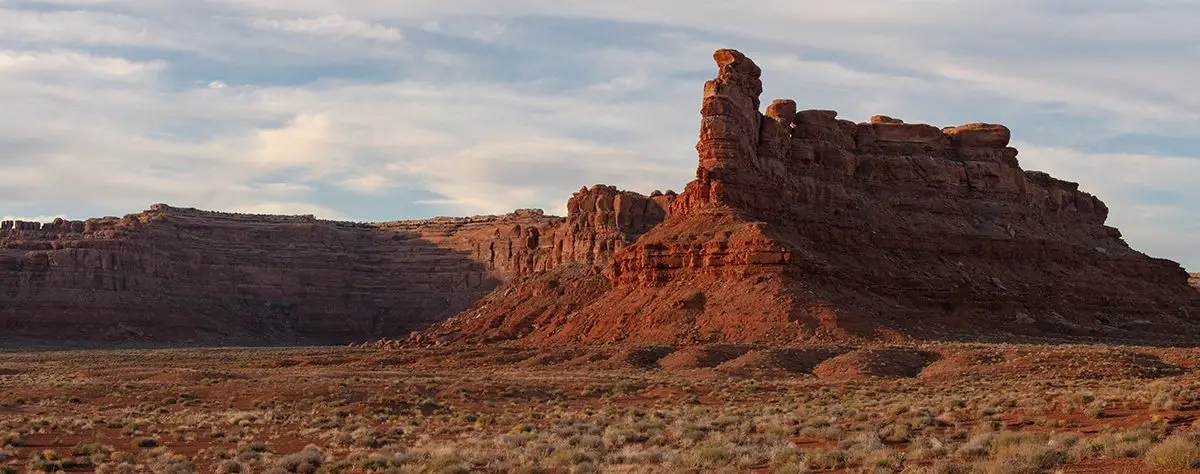
Camping in the Valley of the Gods is free and for up to 14 days, you and your crew can enjoy every gorgeous second of it without paying a single cent. As a result, the VOG is rustic – as a proper escape to the wild should be. There are no bathroom facilities to rely on, no water sources to depend – only the solitude and space that the VOG rewards those who enter with. It’s the wild as it should be.
Those who aren’t survivalists shouldn’t fret though because cold beer, bottled water, ice, convenience-store snacks, and fuel are only a 30min drive away in the nearby town of Mexican Hat. The beauty here is that you can take in the Valley of the Gods on your own terms – as a tough-guy/gal (I don’t need to depend on anyone) or as a poor planner (like myself) who appreciates the flexibility of picking up a forgotten item. In my opinion, the VOG is the perfect balance of off-the-grid camping with amenities in reach and I’m not ashamed to admit that I feel a bit safer with food, water, and civilization nearby.
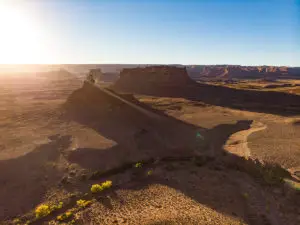
How We Discovered the VOG
We had discovered the Valley of the Gods on Campendium – a great resource for RV’ers and campers who are looking for a wide variety of camping options. Being community-driven, Campendium allows you to search “free” campsites for boondocking (free camping without amenities). After doing a search for the highest rated free campsites in Southern Utah, we stumbled upon this place.
Arriving in the Valley of the Gods
Our overland trailer loaded up, we entered the Valley of the Gods unsure of what to expect. We LOVE camping, but our list of ideal camping spots usually includes forest land with nearby rivers or streams. The VOG is a desert locale and water is scarce, We knew that a different, but exciting, adventure awaited us.
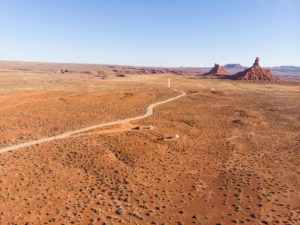
Arriving in the Valley of the Gods, we travelled the main dirt road for about a half an hour, looking for the perfect spot to claim. There are miles of roads on the VOG with campsites every 1/4 mile or so. The land is pristine, open, and just about every spot is secluded. We found a great spot perched on a small hill, overlooking the valley and in the shadows of sandstone giants. Other than an airstream parked about a half mile away and the occasional truck traveling the main road, we had the place to ourselves.
The Days
Days in the VOG are spiritual experiences. The silence is refreshing and the postcard views surround your every move. October seems to be the perfect time to visit with temperatures in the mid-70’s and clear skies. Being a desert valley, the VOG can be windy and anything that can blow away will if the gusts pickup. The wind overturned our pop-up canopy at one point because we neglected to secure it properly. With a lot of rock just below the surface, look to place your tent and other “stakeable” items in areas with some sand/dirt depth. We placed our Kodiak Canvas Flex-Box Tent higher on the hill where the soil ran a bit deeper and had zero issues with it moving during our visit.
Miles of Hiking in Any Direction
There is some great hiking on the VOG. Formal hiking trails are few, but pick any direction on the compass and you can explore that direction for miles. We hiked the dry riverbed that runs along the valley floor and enjoyed every second of it. The sun can be relentless, so don’t neglect the sunscreen and headwear for your trip. The nearest town is Mexican Hat, located about 30mins away, so you’ll survive if you forget something. However, the hour round trip drive on the dirt road will keep you from making the trip often. Dumping your trash is a challenge as Mexican Hat is small and all of it’s dumpsters are off limits for campers to dump.
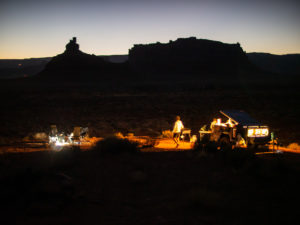
The Evenings
The evenings in the Valley of the Gods are star-filled masterpieces. Far from the lights of town, you can see the nights sky as it was meant to be enjoyed. On our visit, the nights were chilly with lows hovering in the low 40’s – but our Kodiak Canvas Flex-Box Tent (highly recommend!) along with our Big Buddy Propane Heater kept the cold at bay during the evenings. Due to fire restrictions, we were unable to have a campfire, which only helped our view of the night sky. If a campfire is vital to your camping experience, I recommend picking up a Propane Fire Pit to make it happen. Sleep comes easy in the VOG, so be sure to take advantage of the rest.
You Should Visit the VOG
The Valley of the Gods is worth putting on your camping bucket list. While a bit of a drive from most cities, The VOG is more than worth the escape. Just make sure to keep your phone charged to be ready for a instagram-worthy photo at every turn. Be ready to take in the landscapes and you’ll come out refreshed and recharged after having discovered some of the most beautiful land in the American west.



